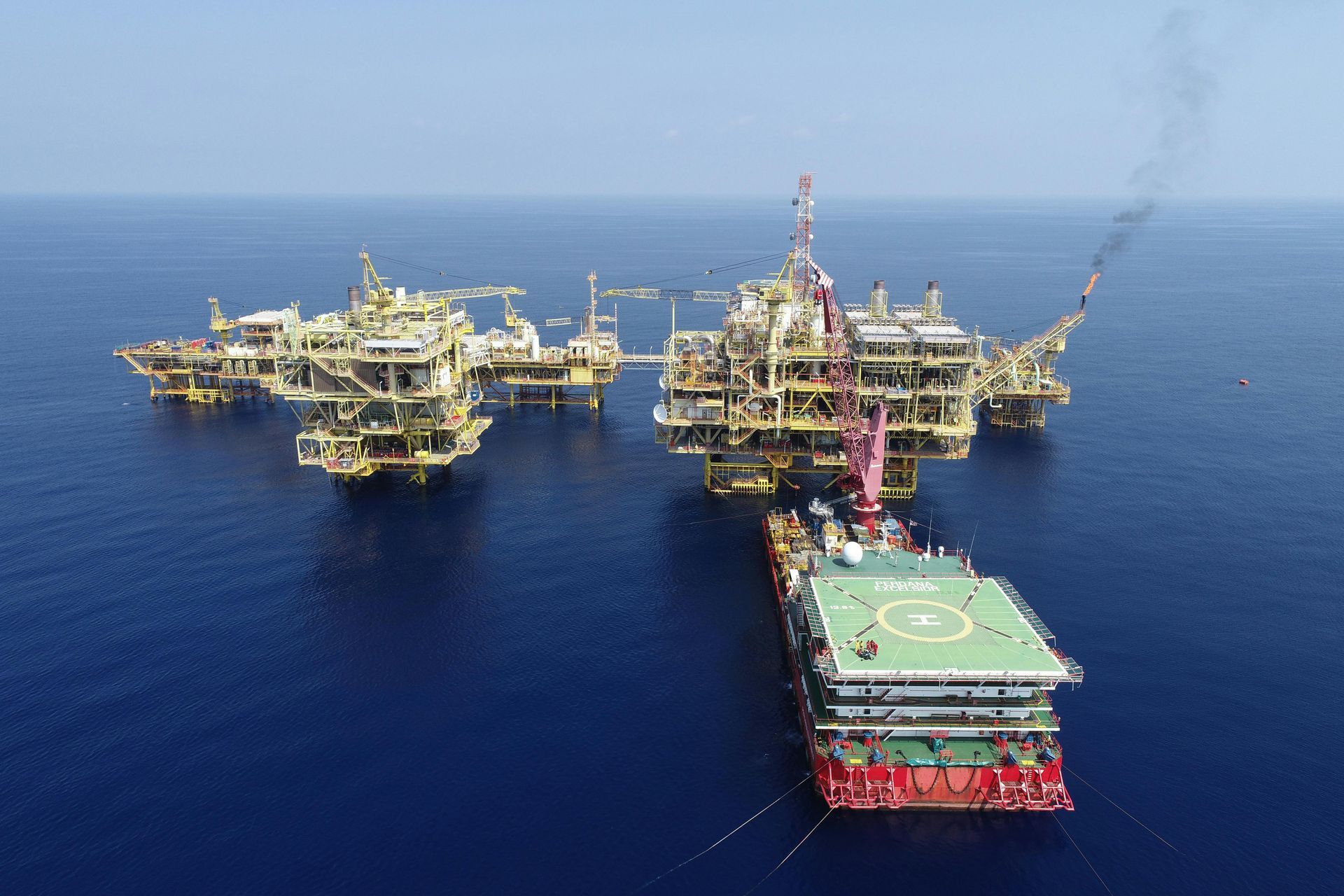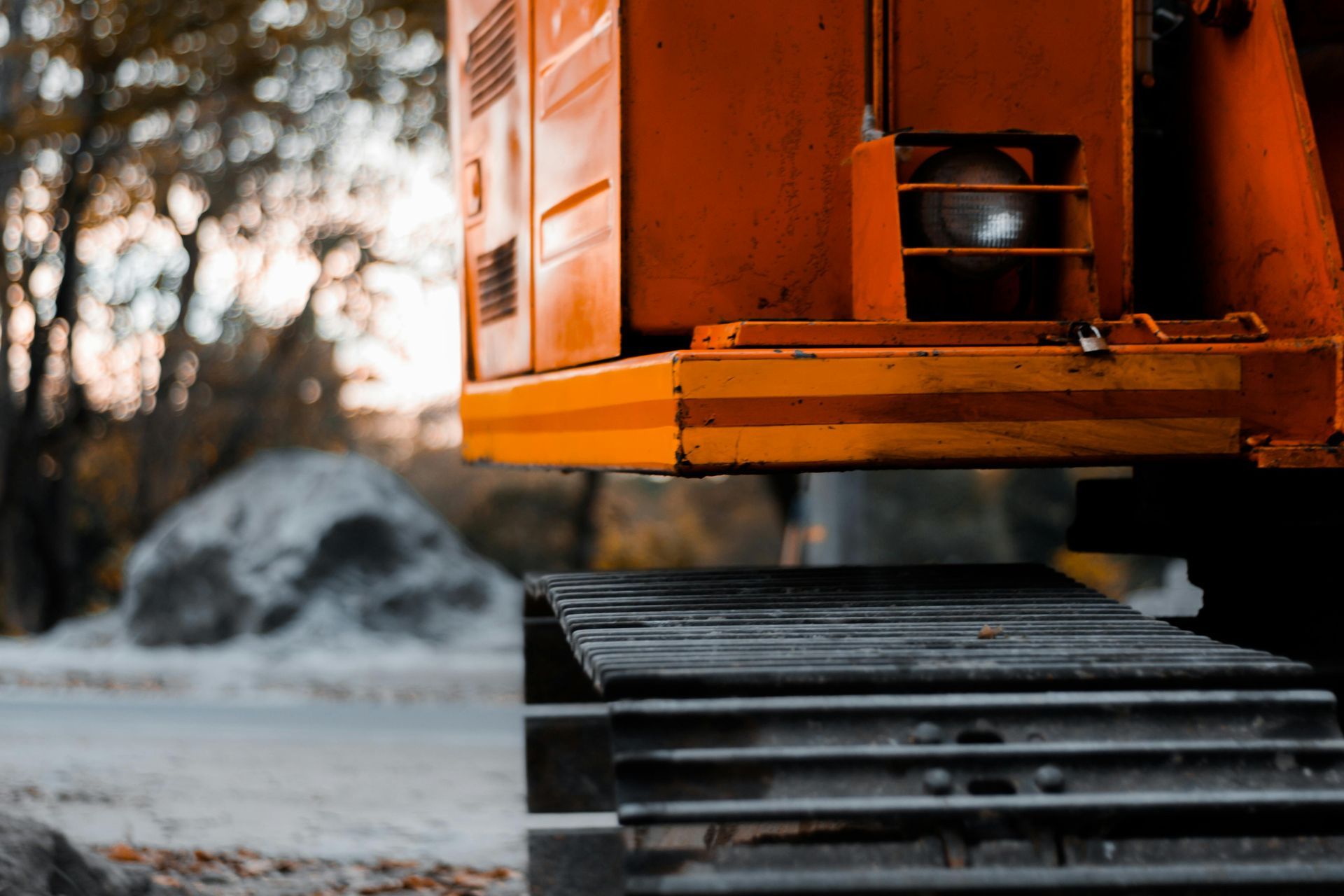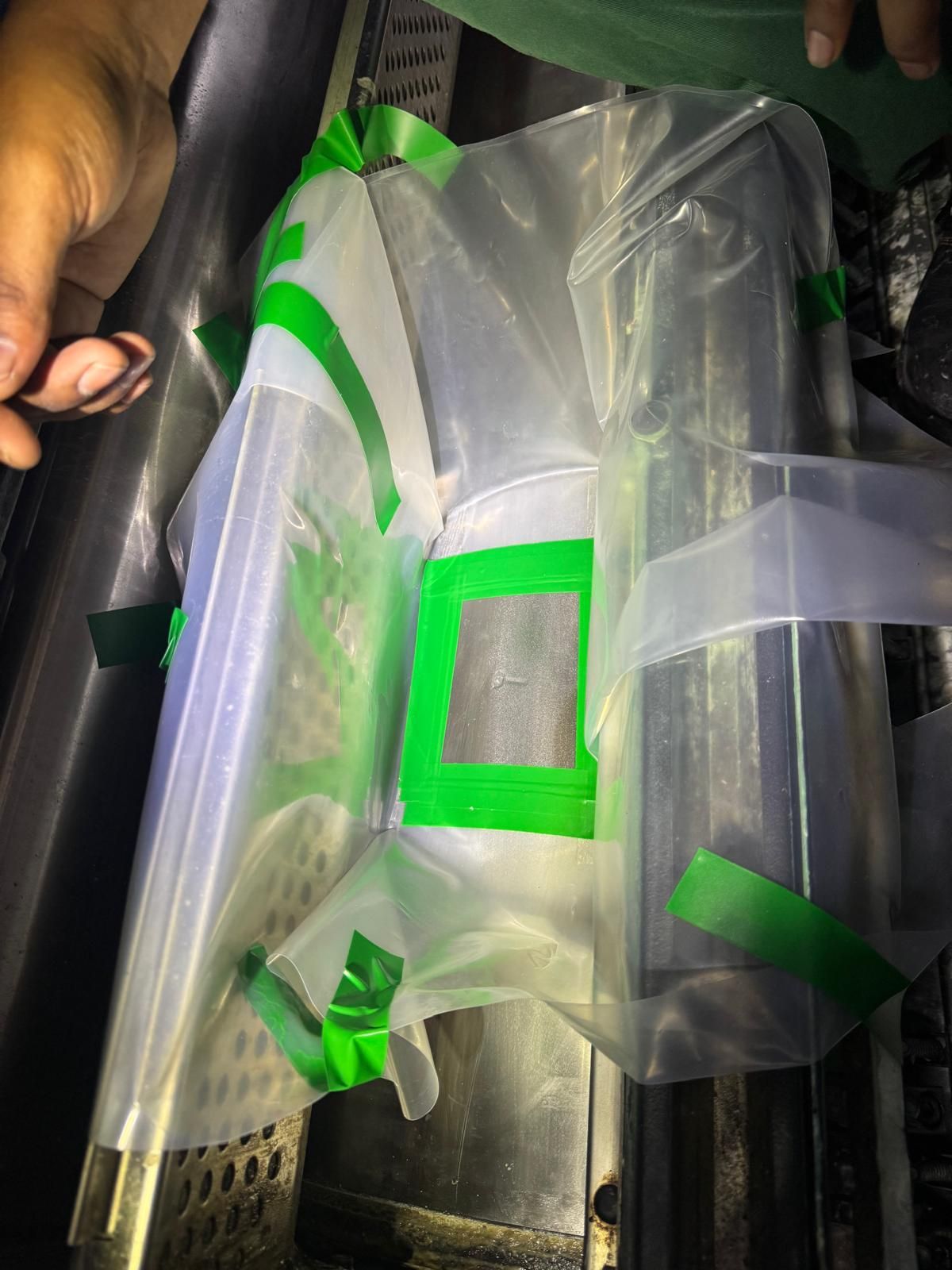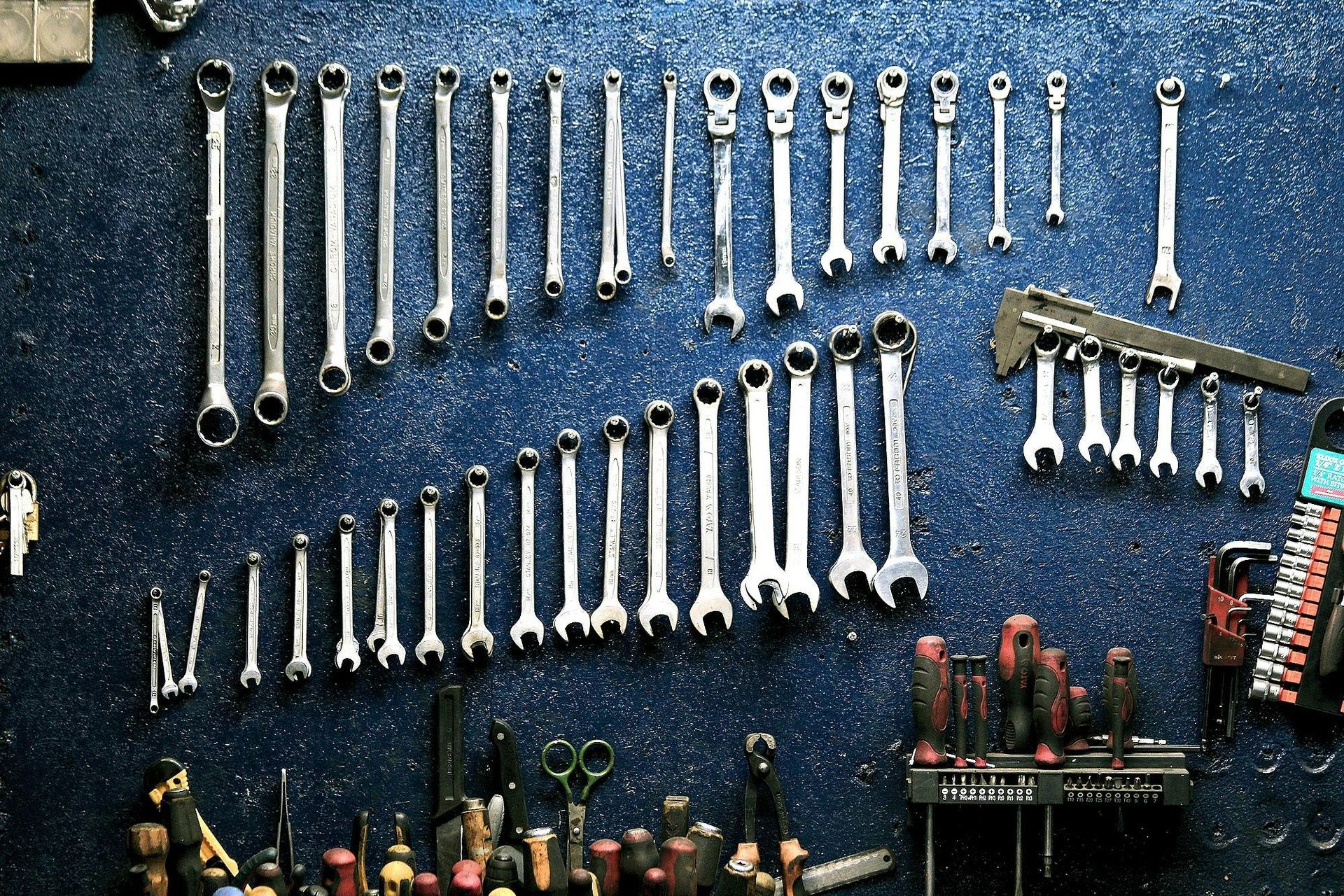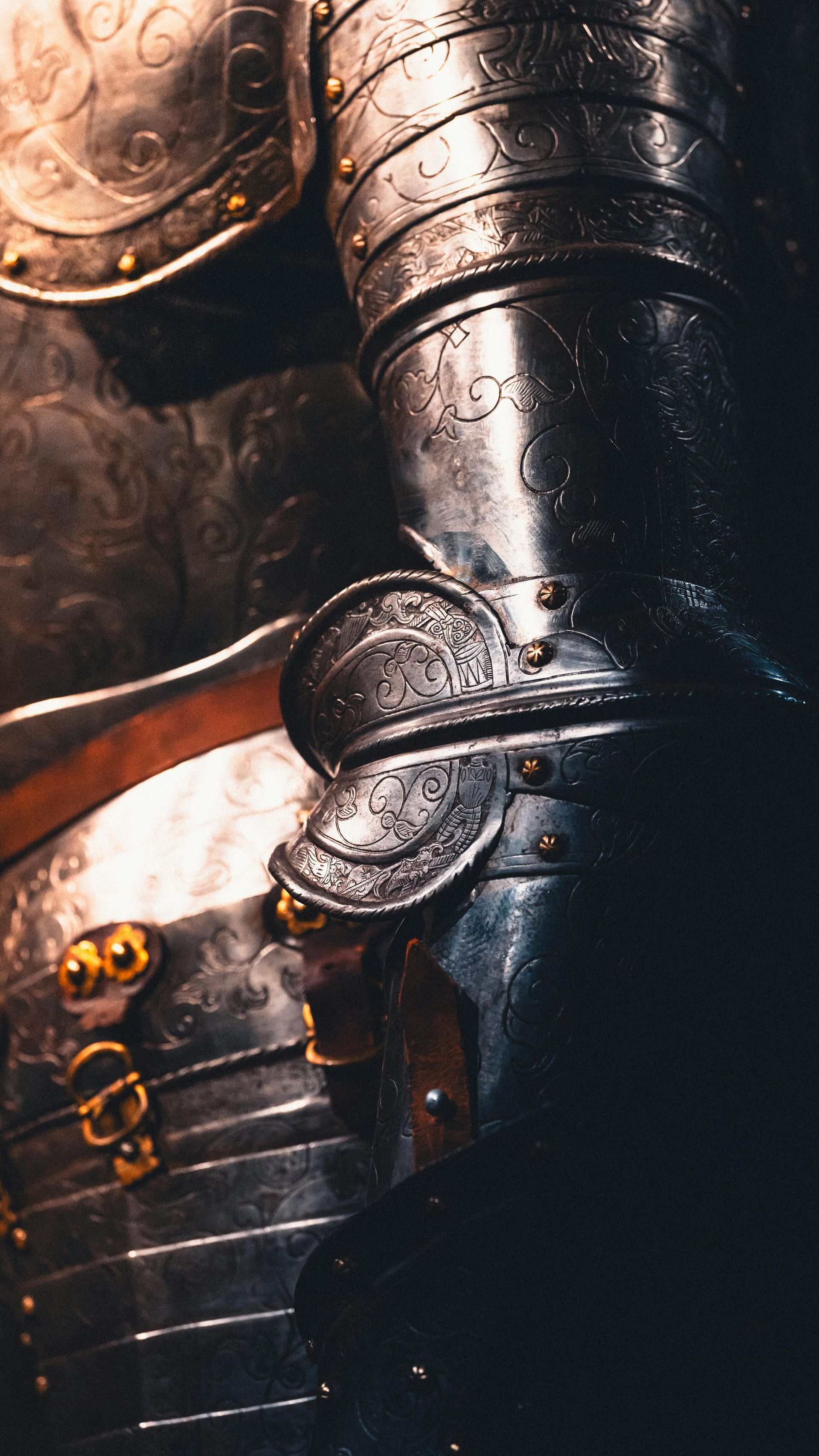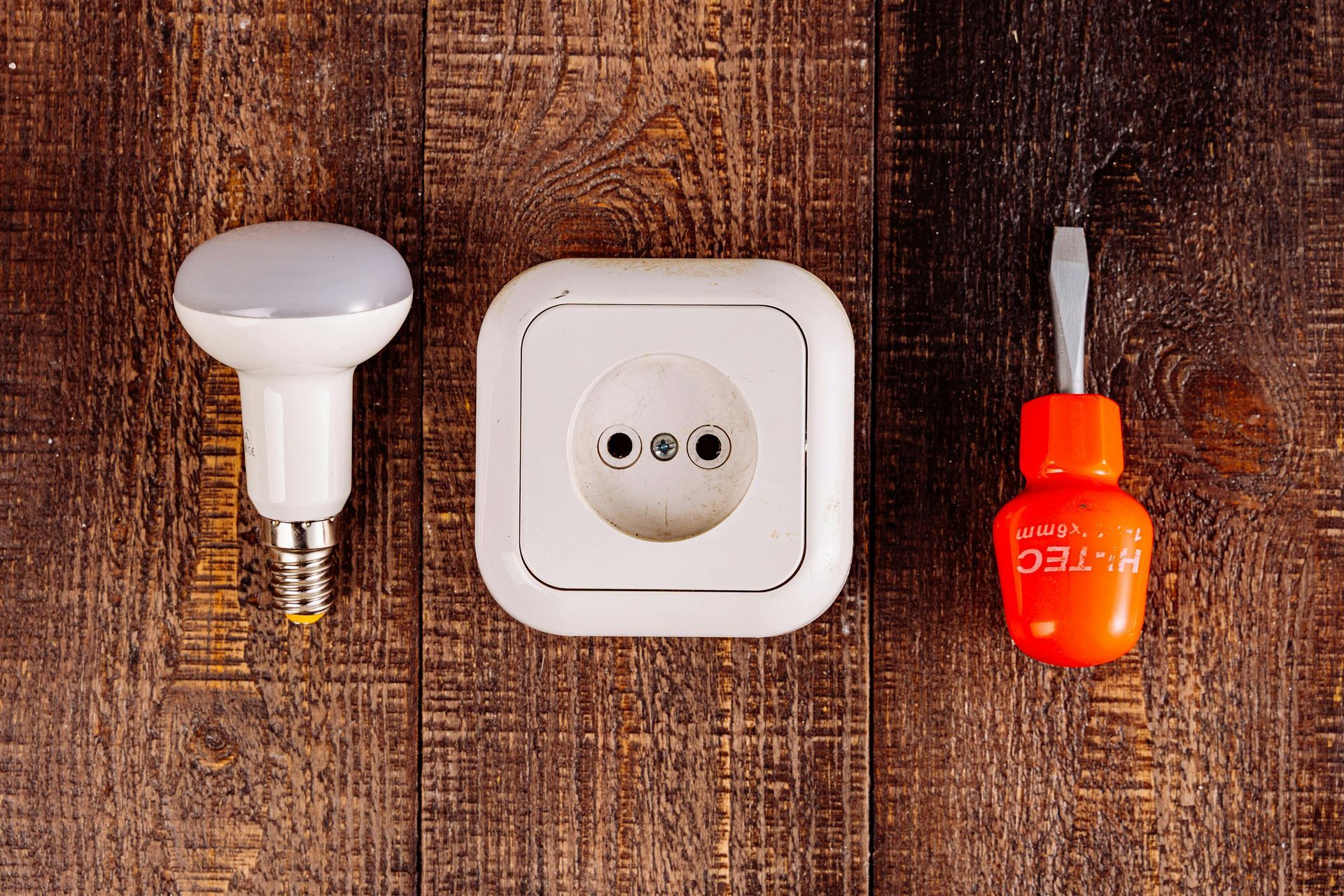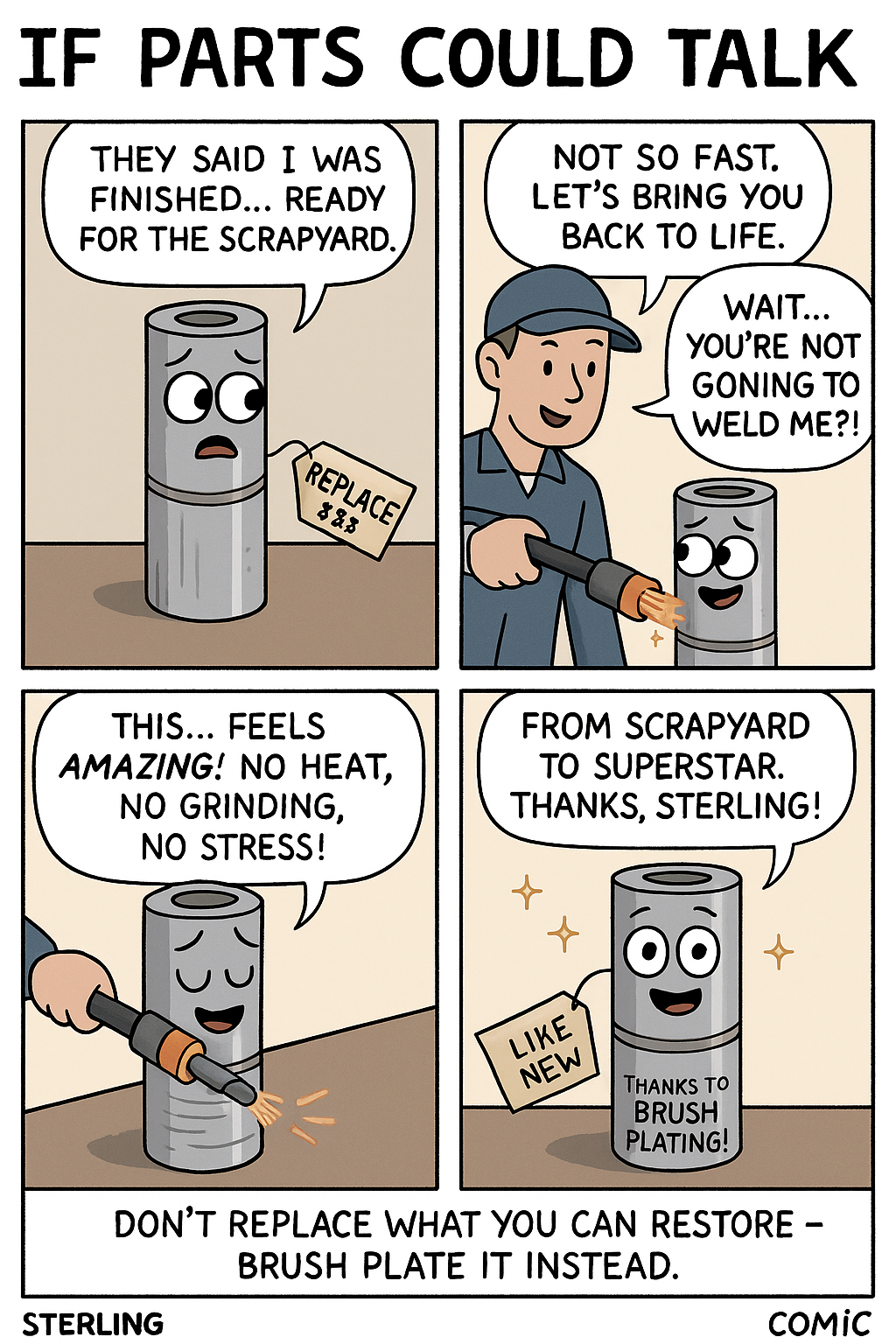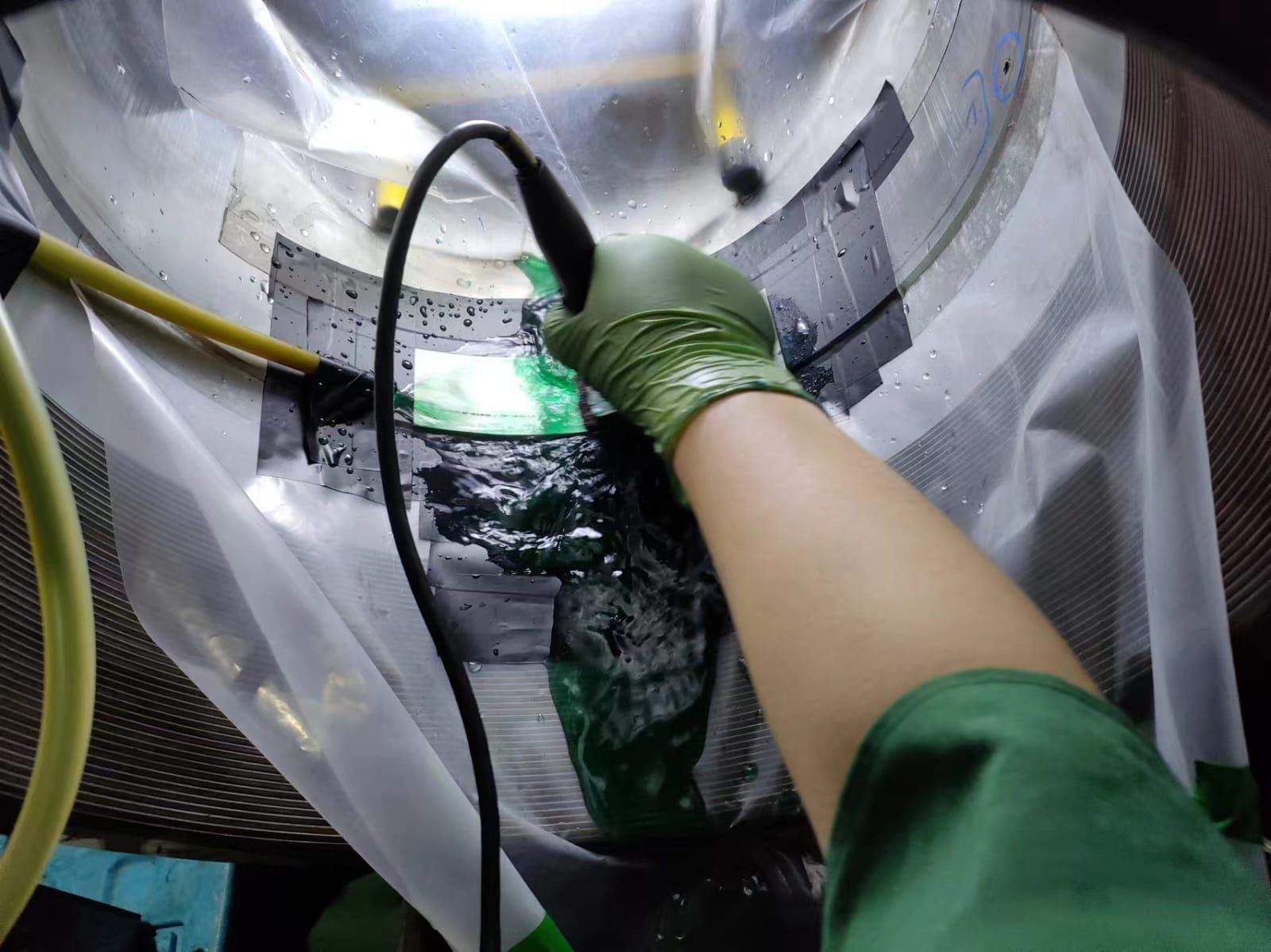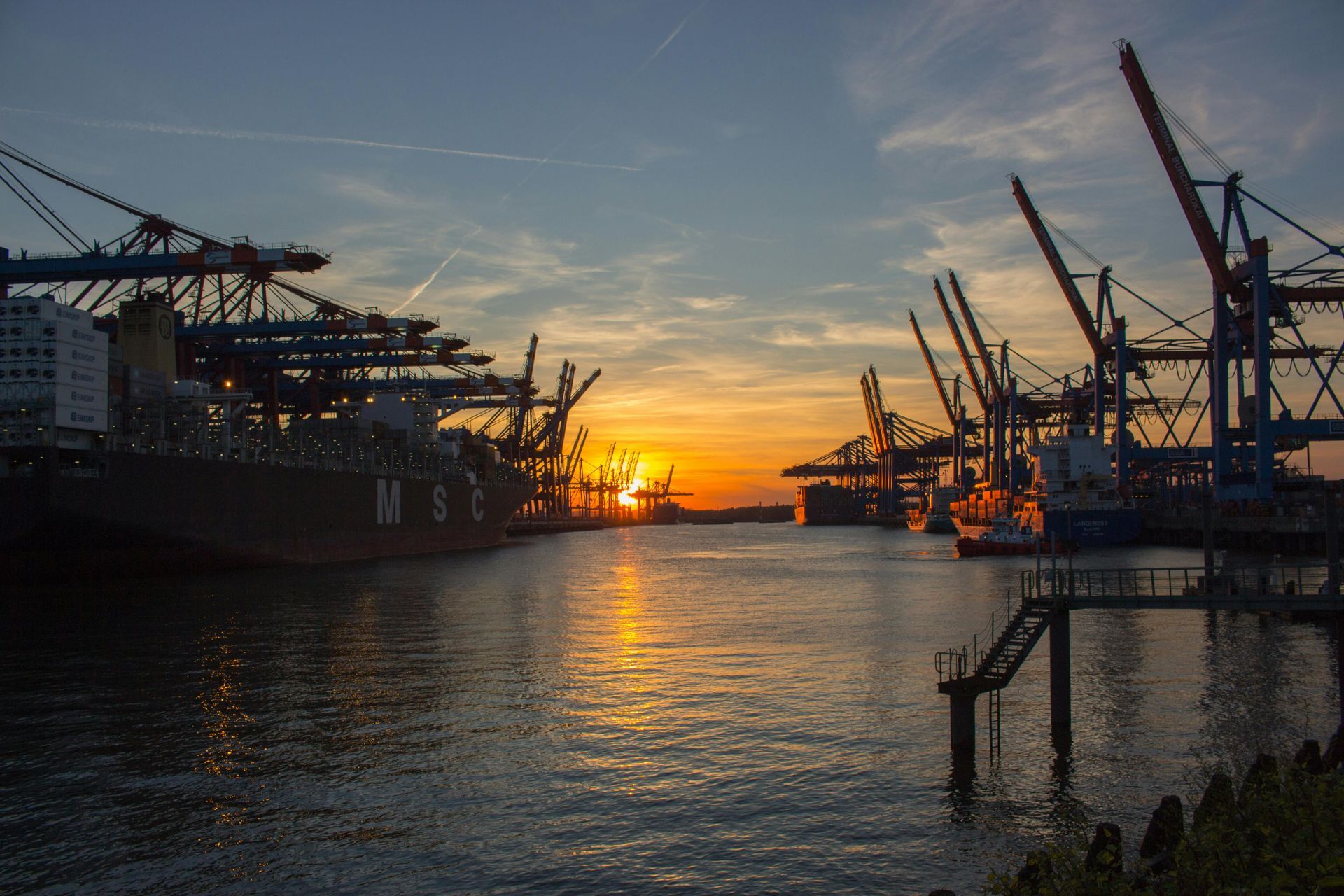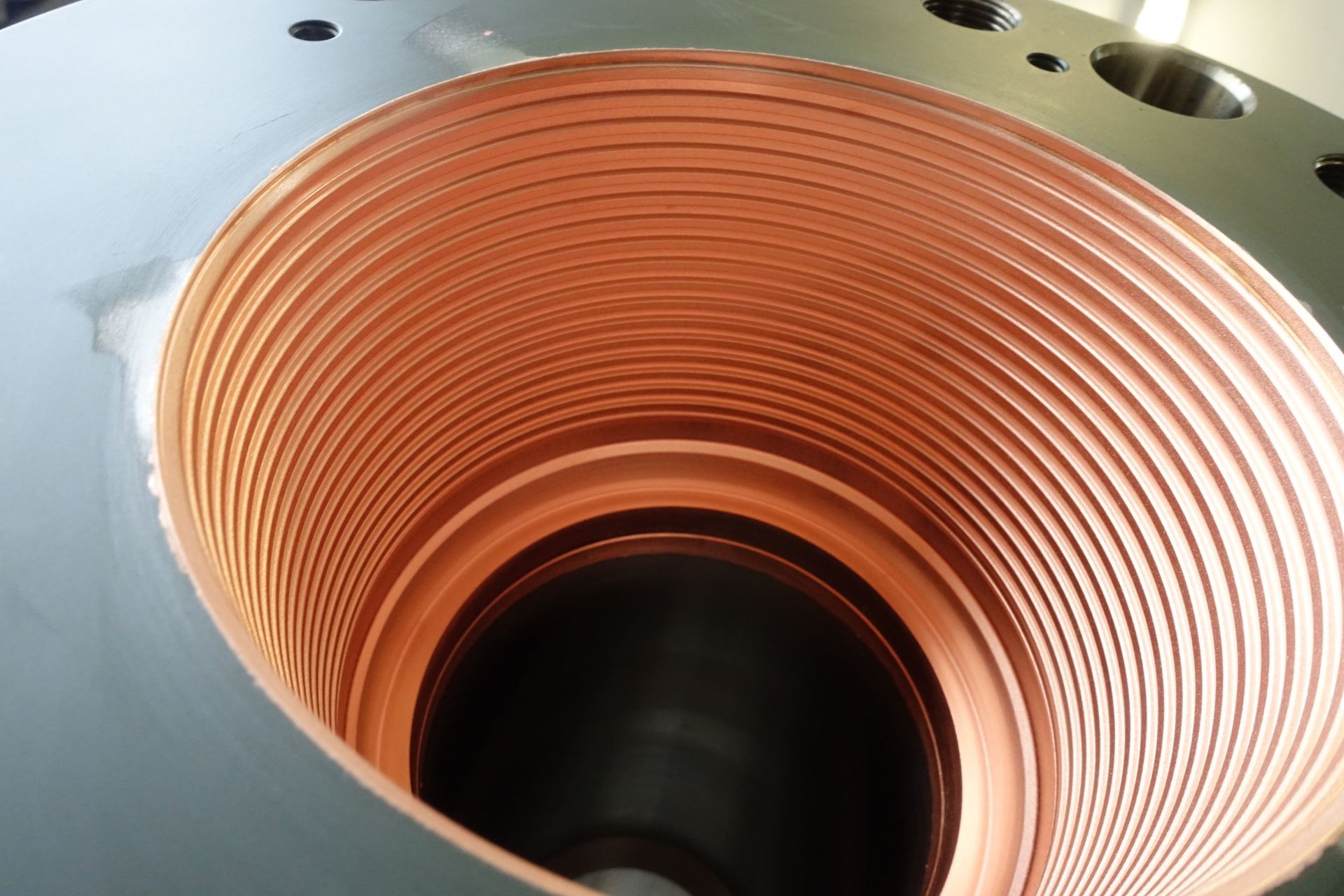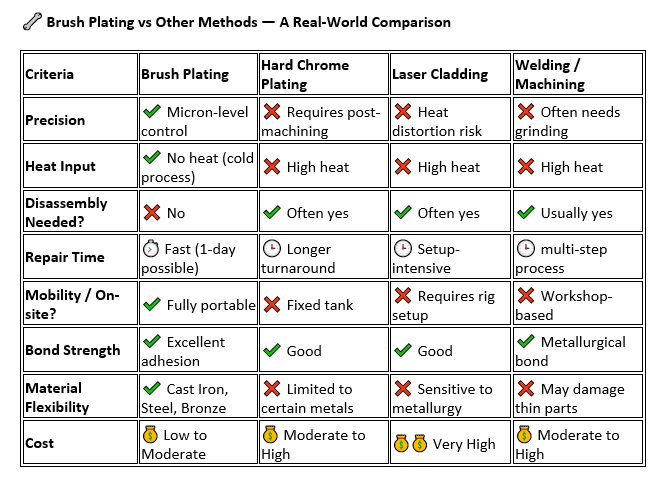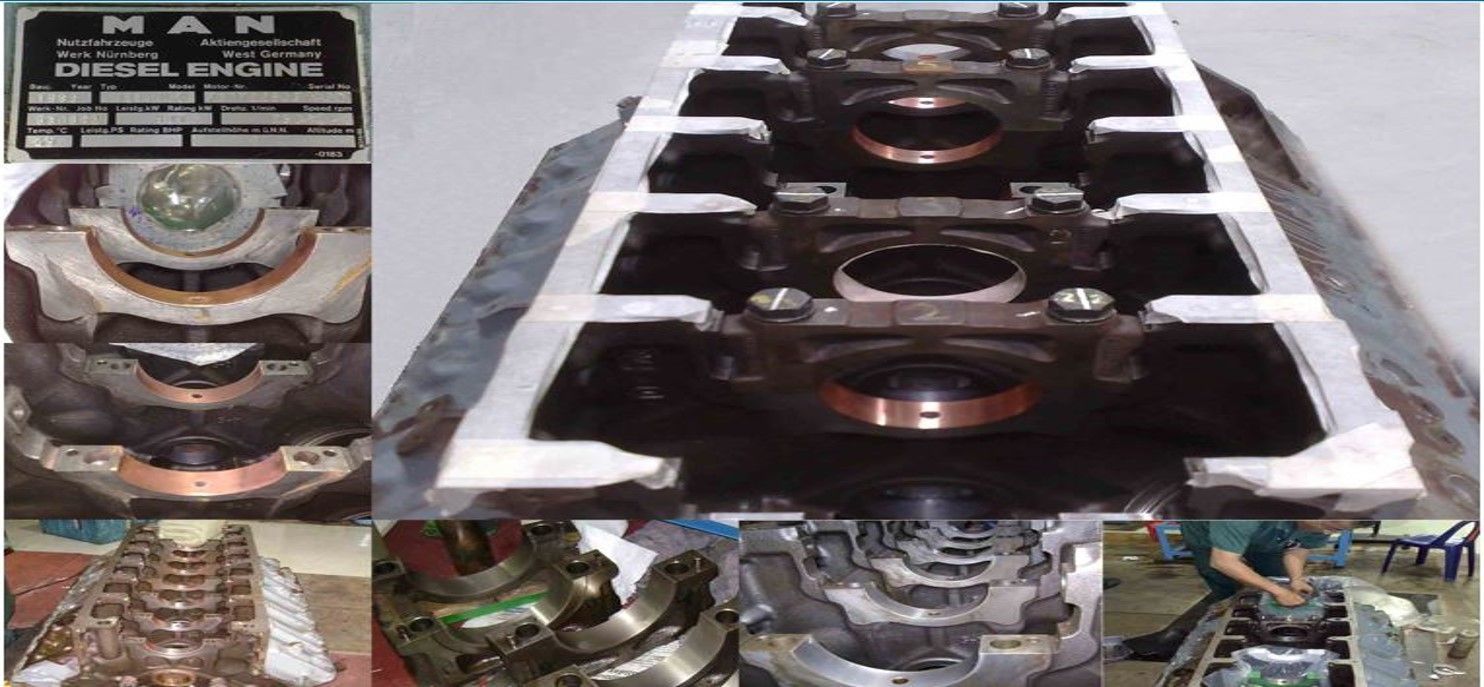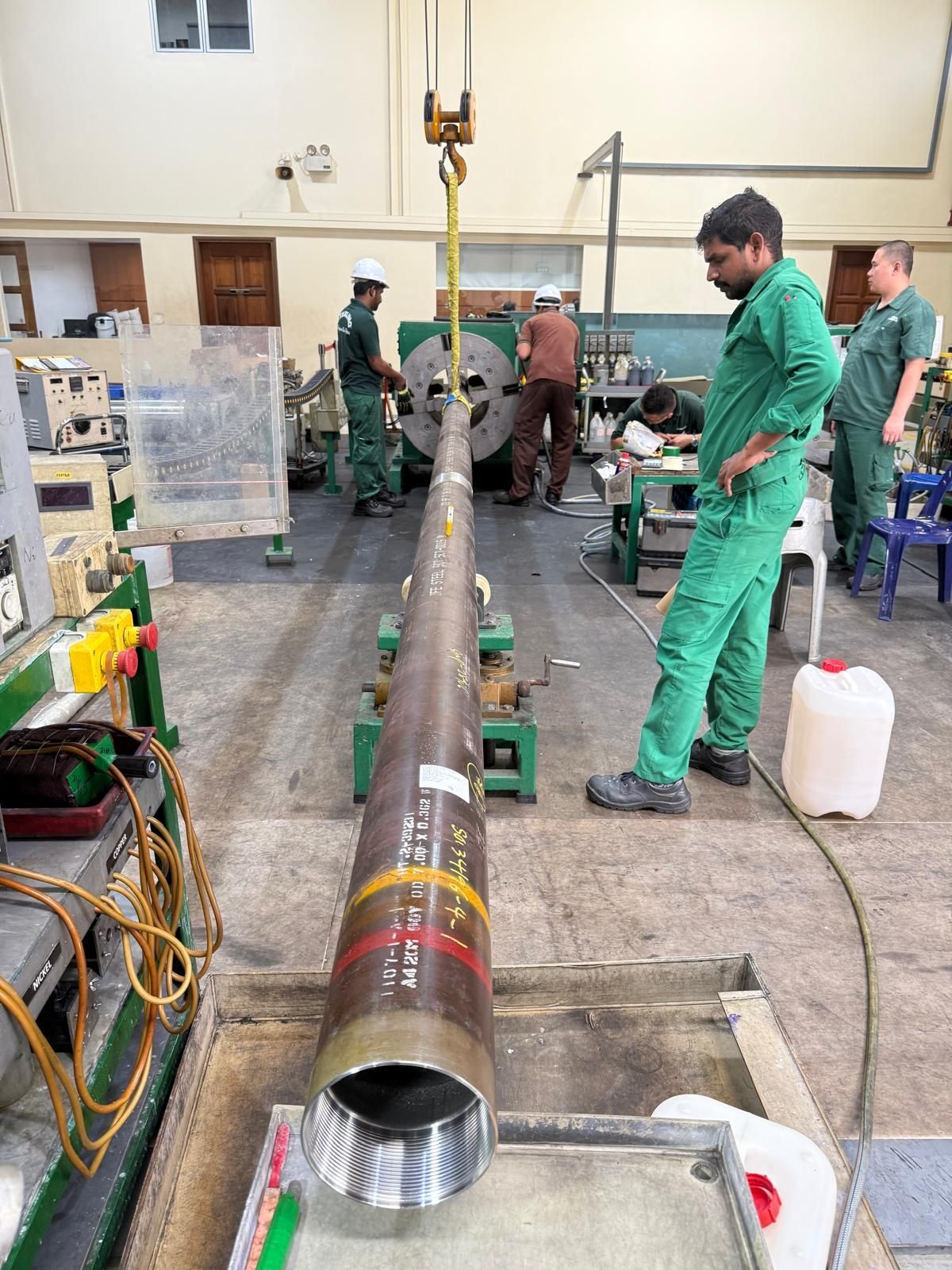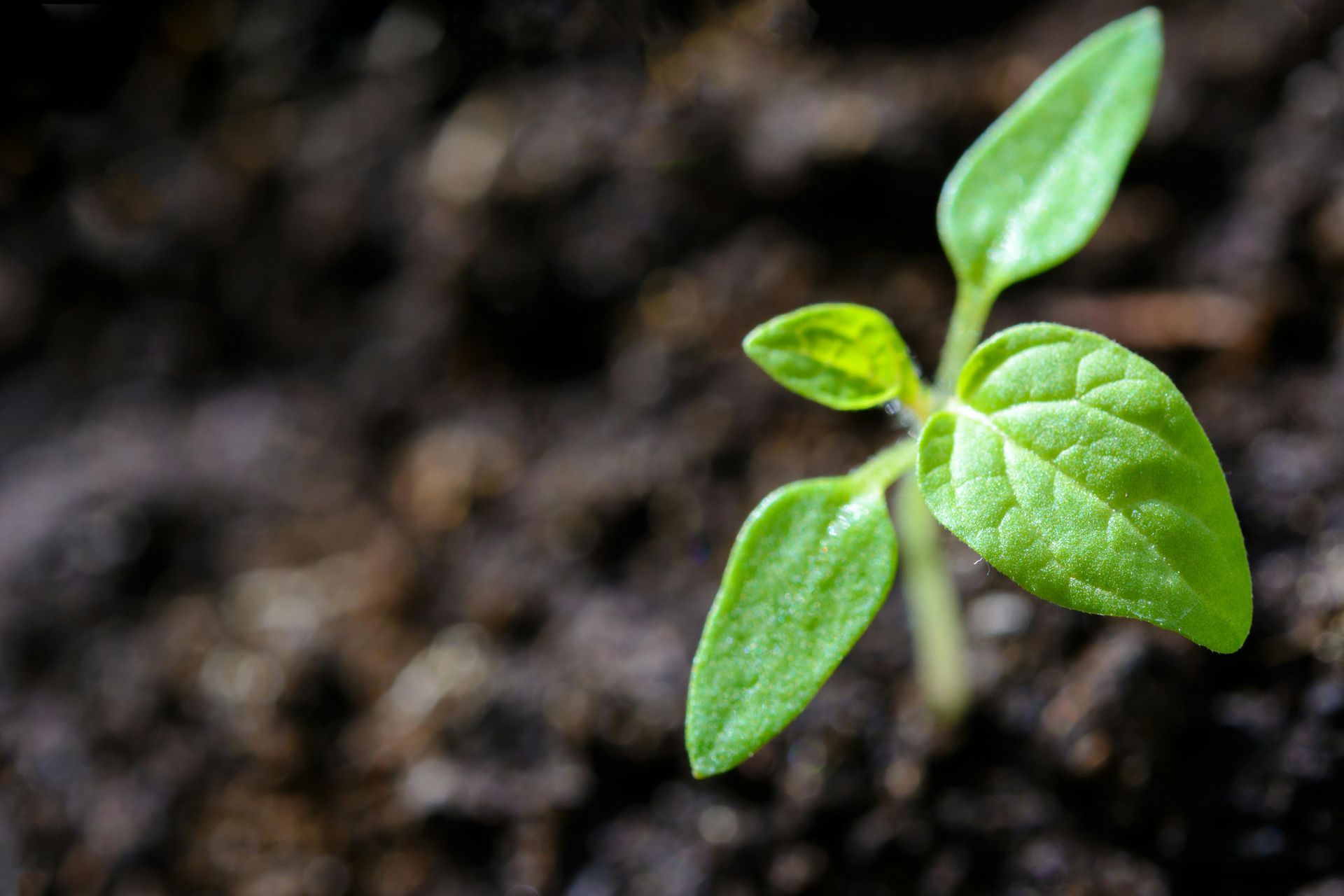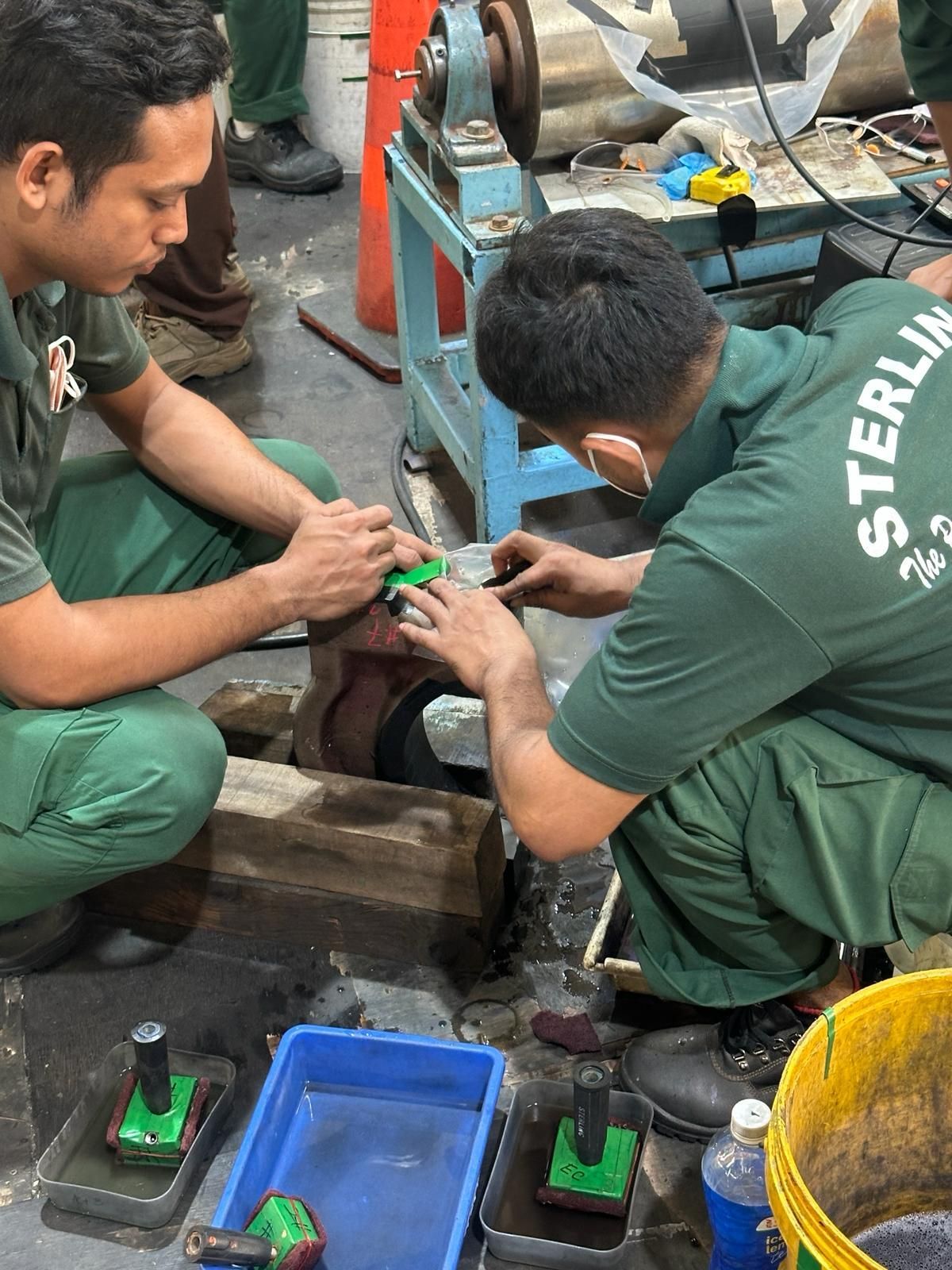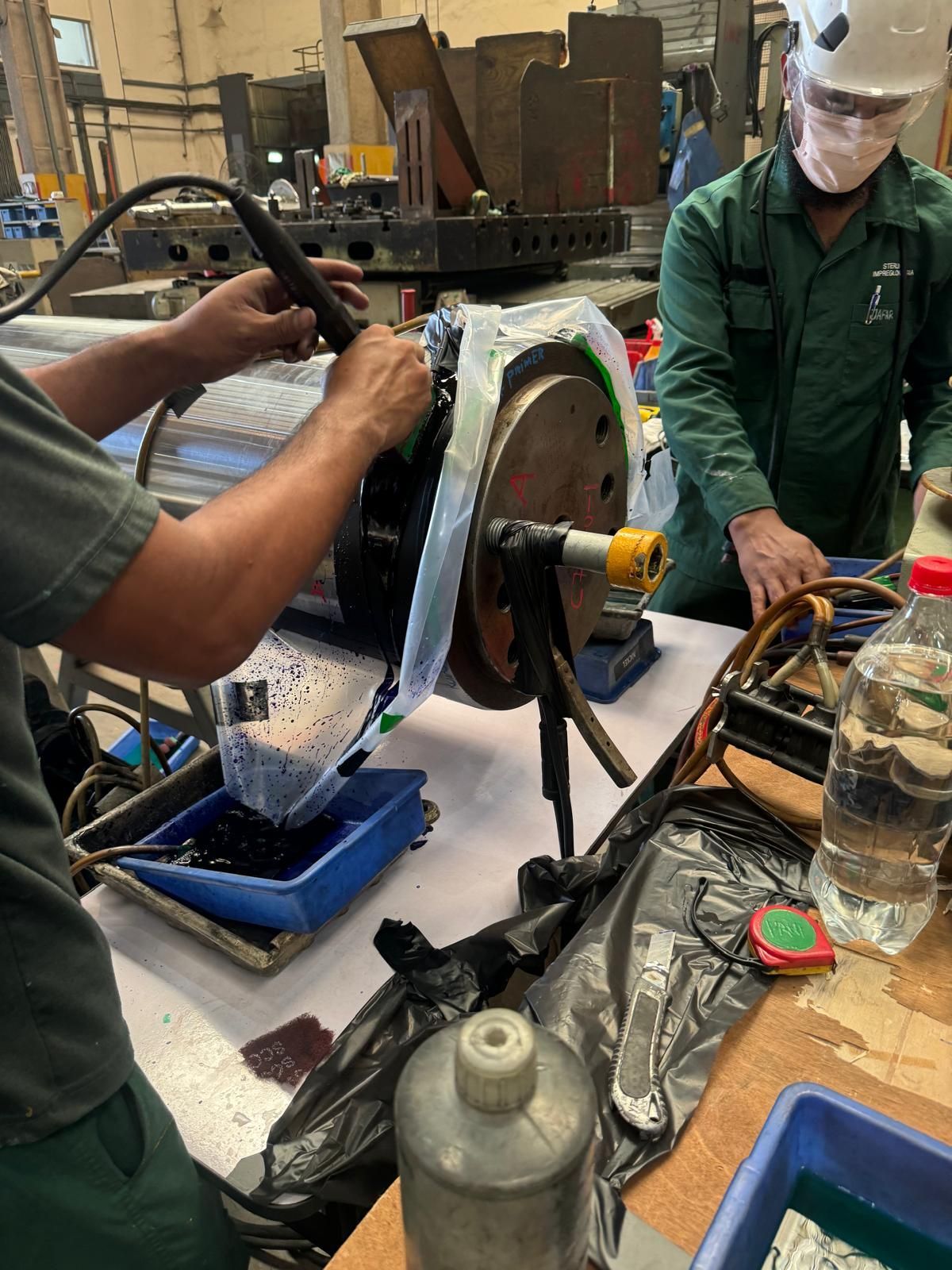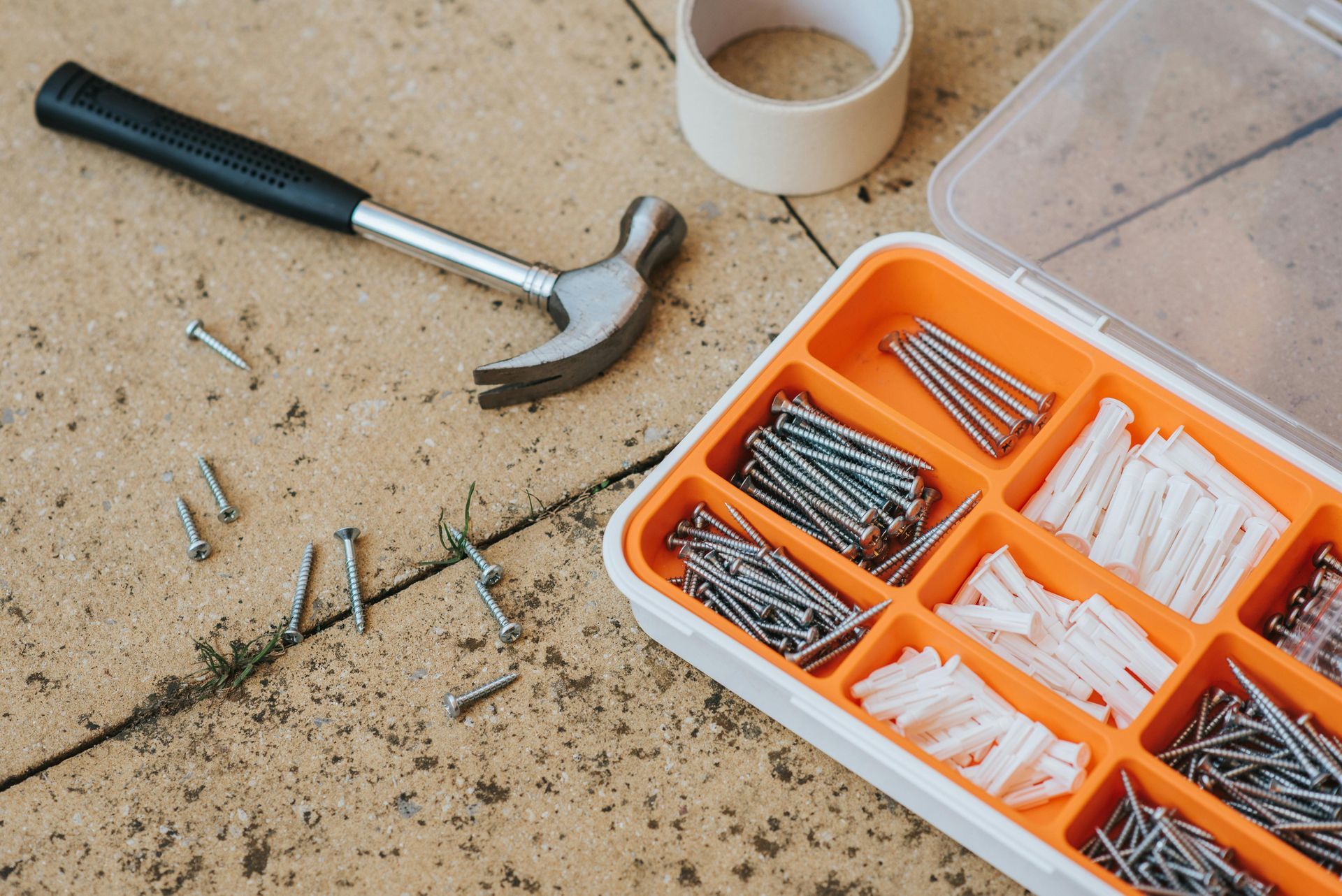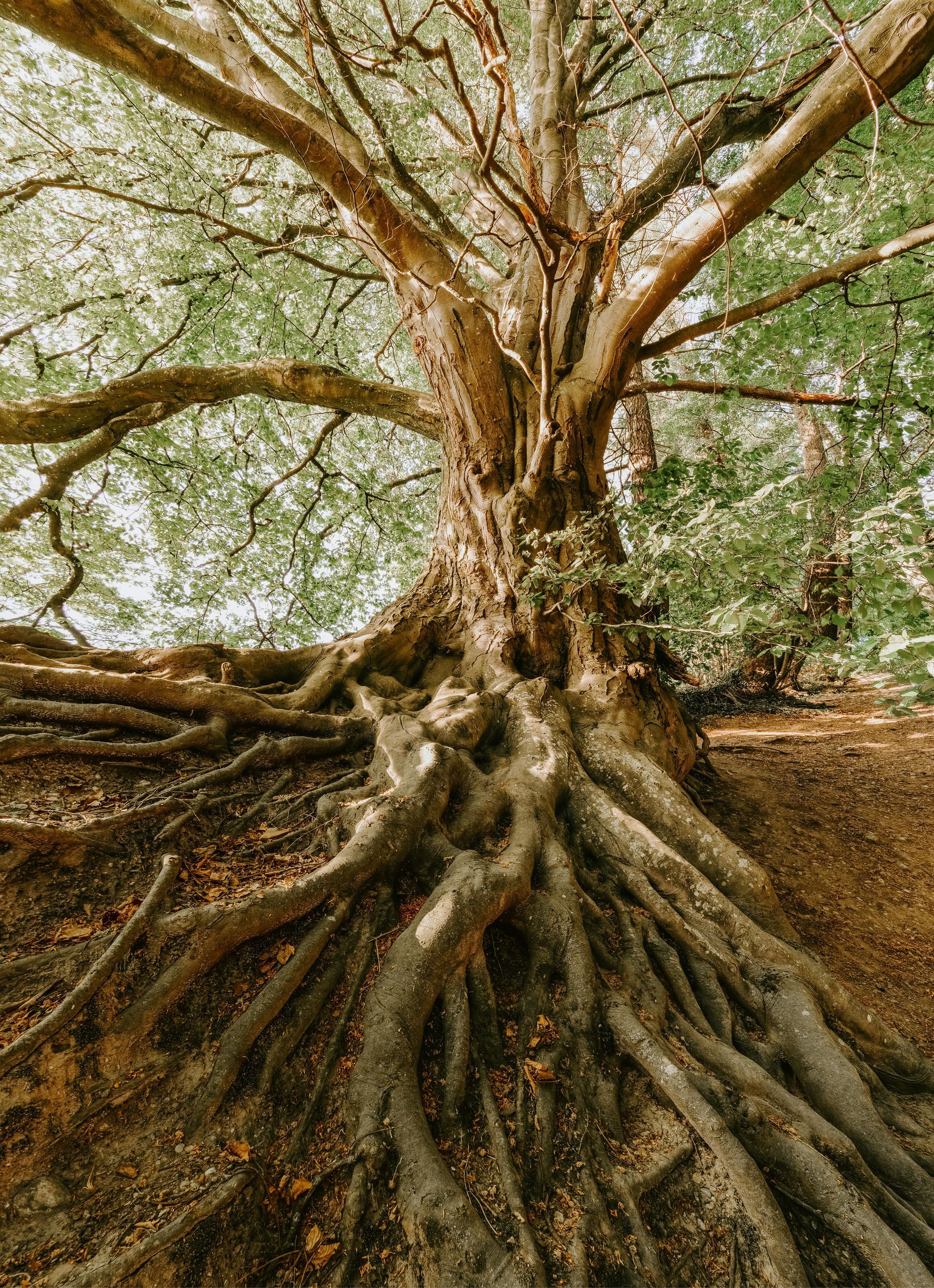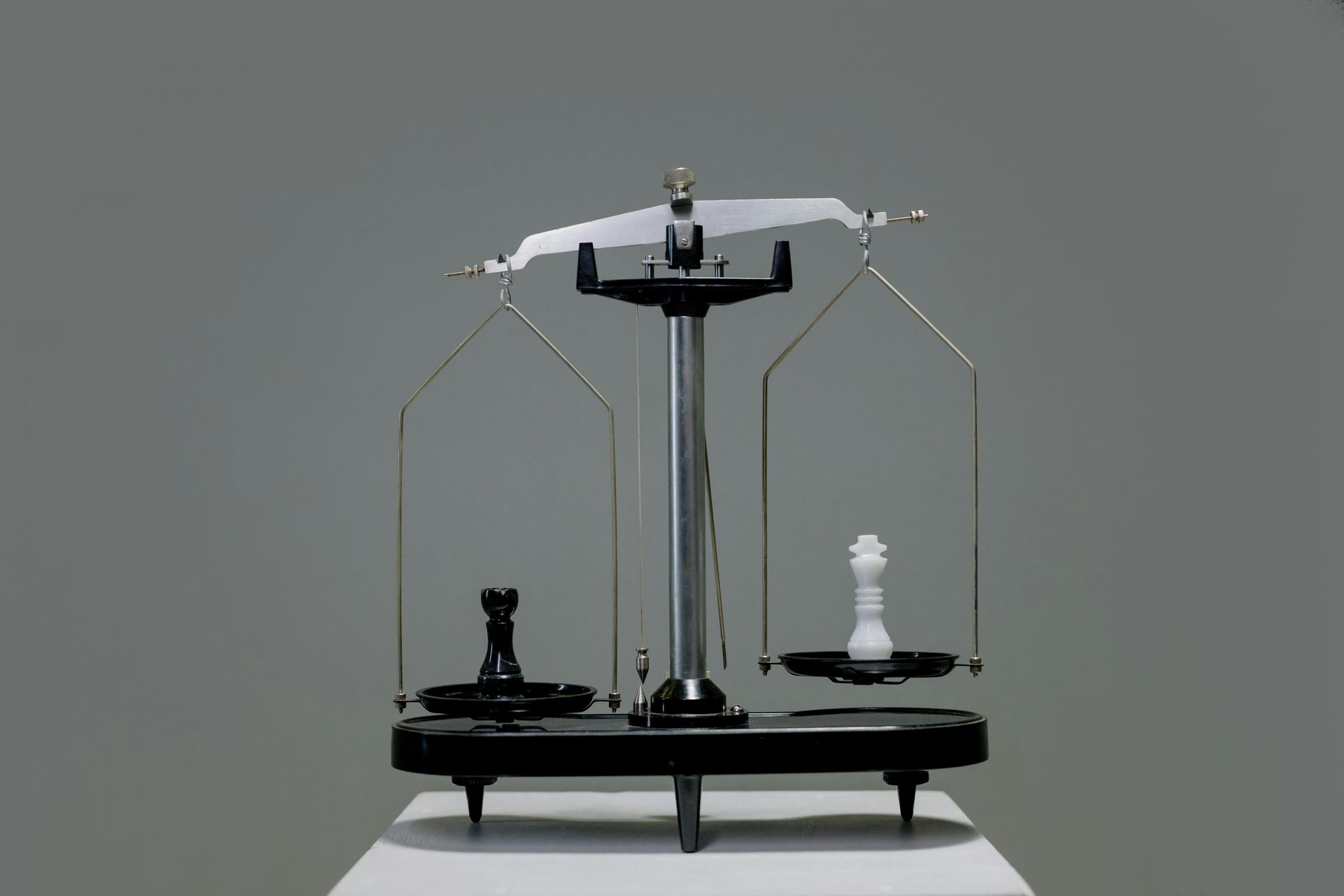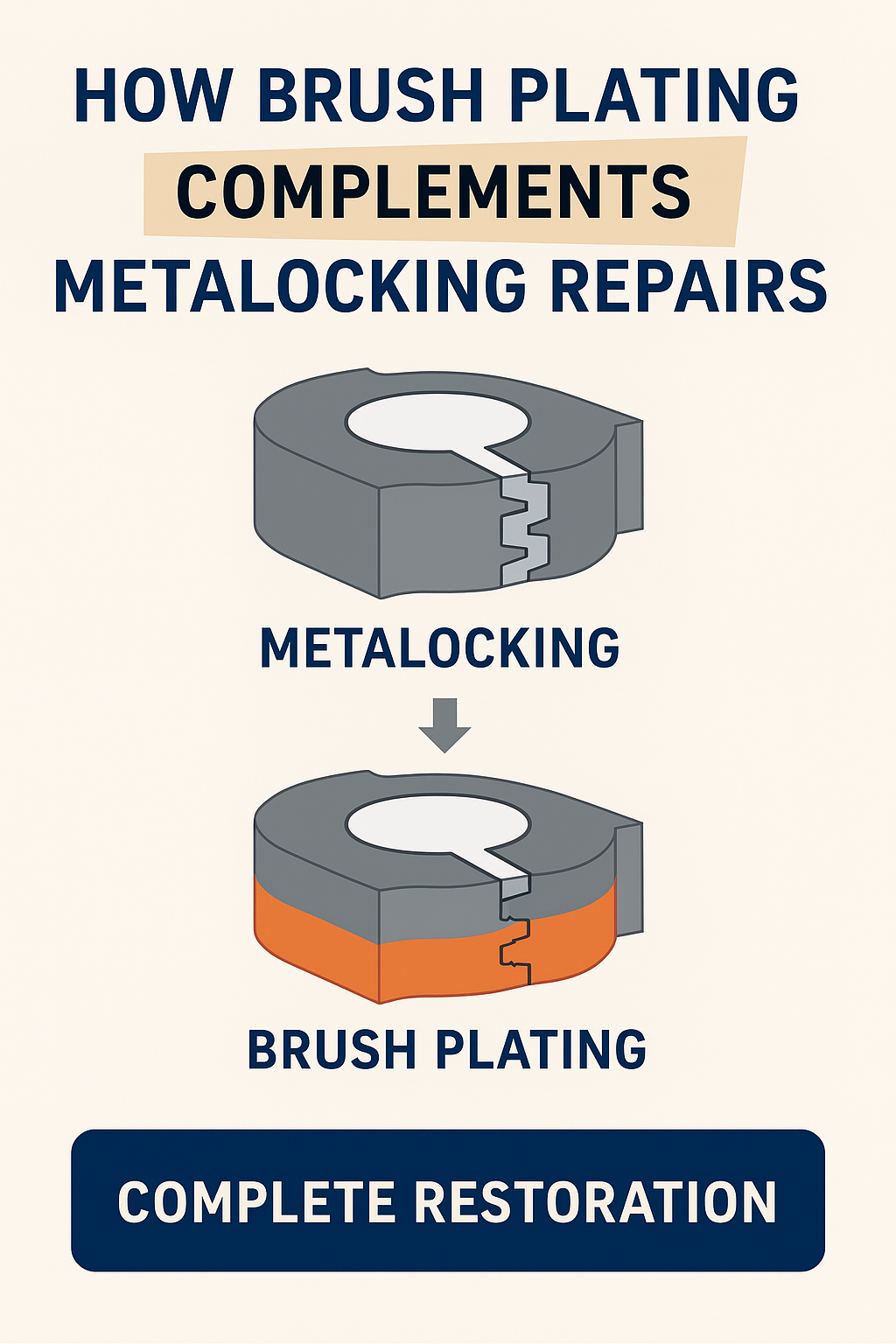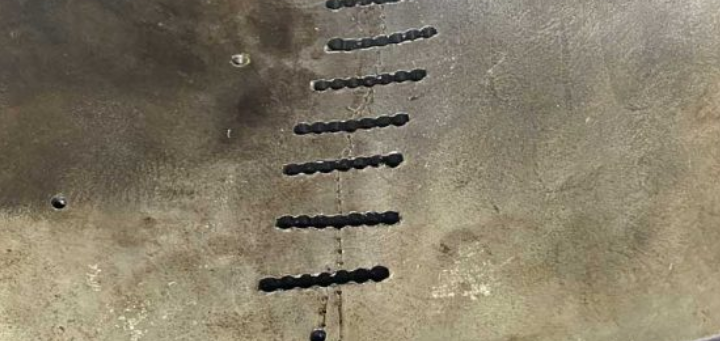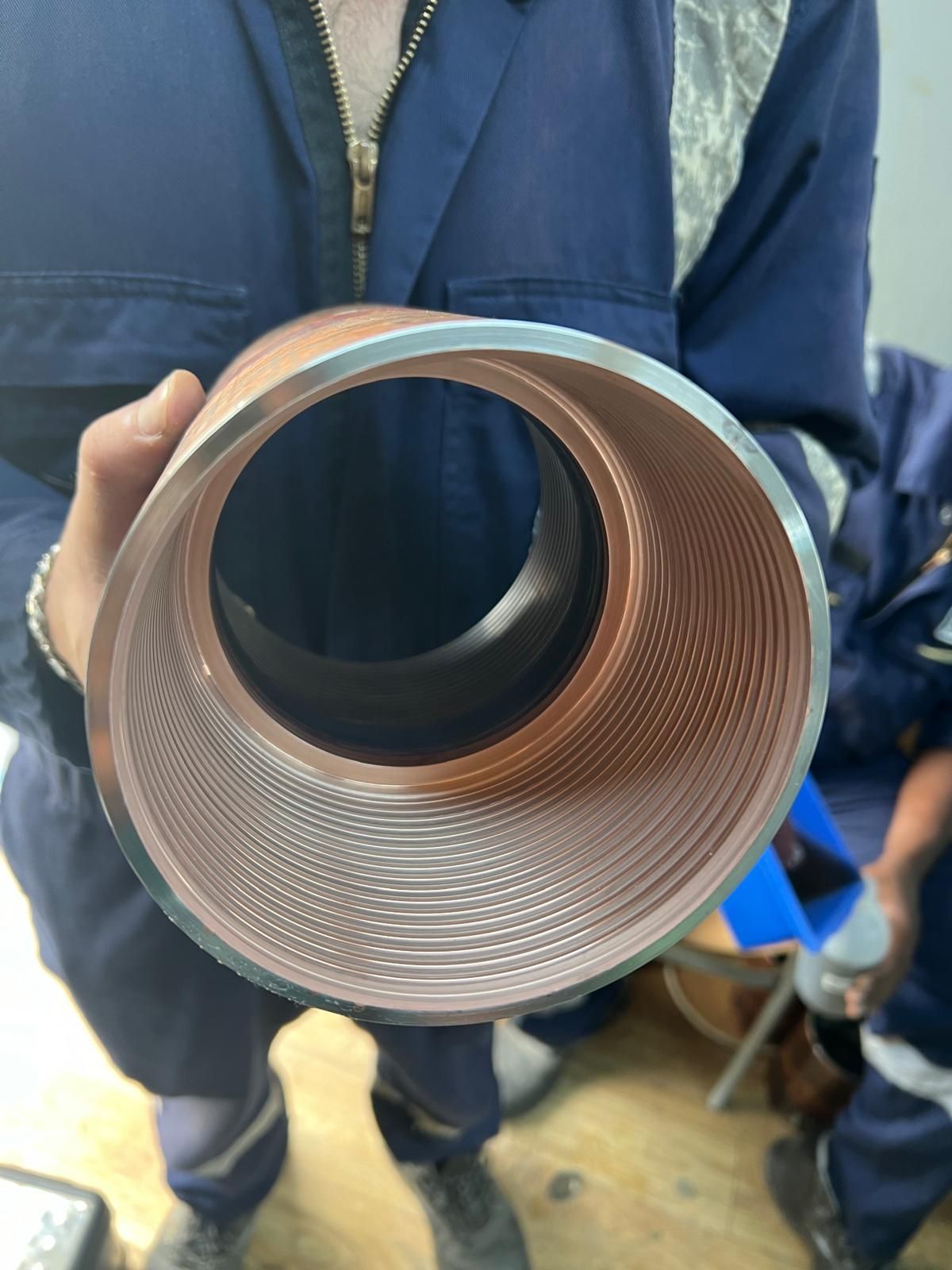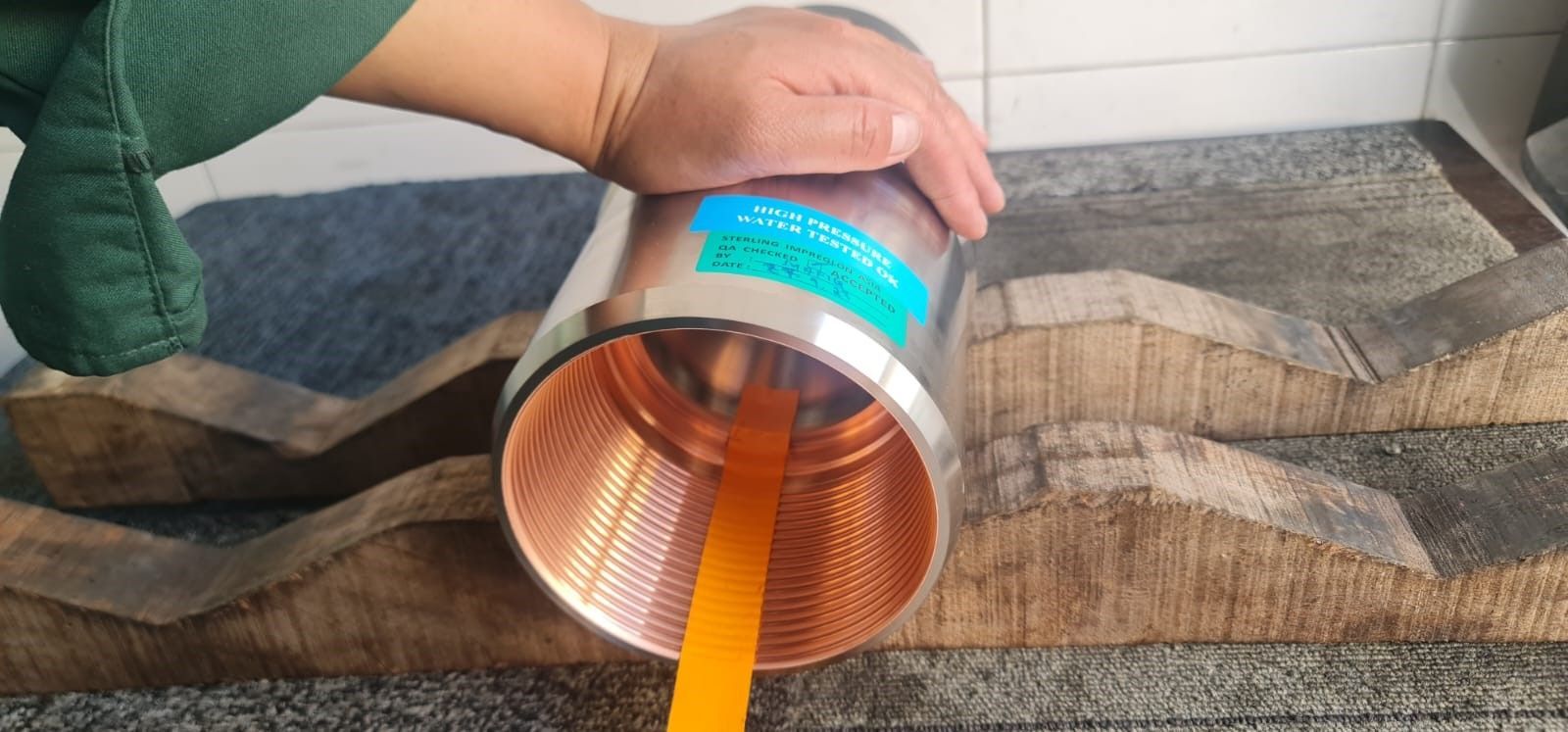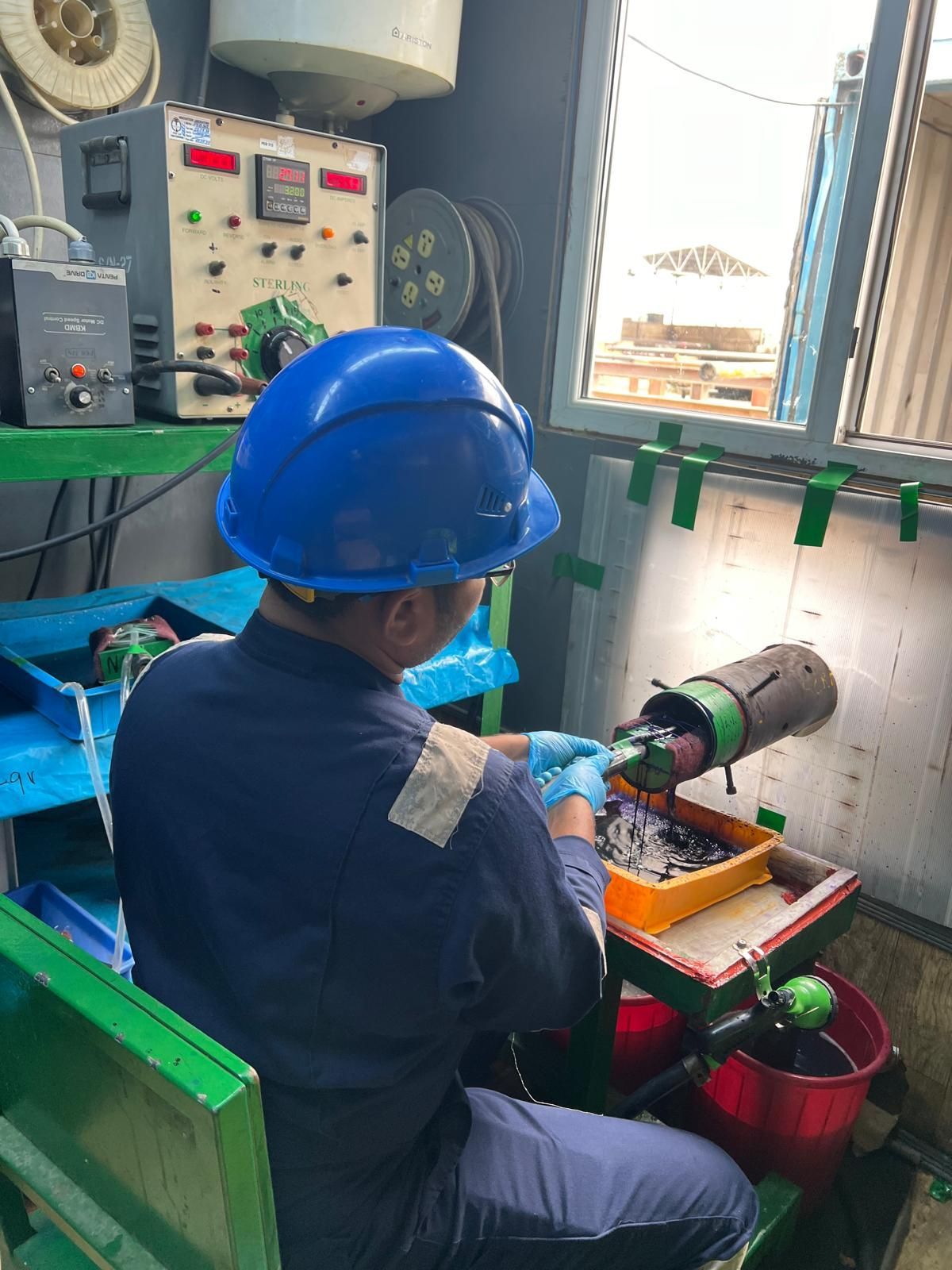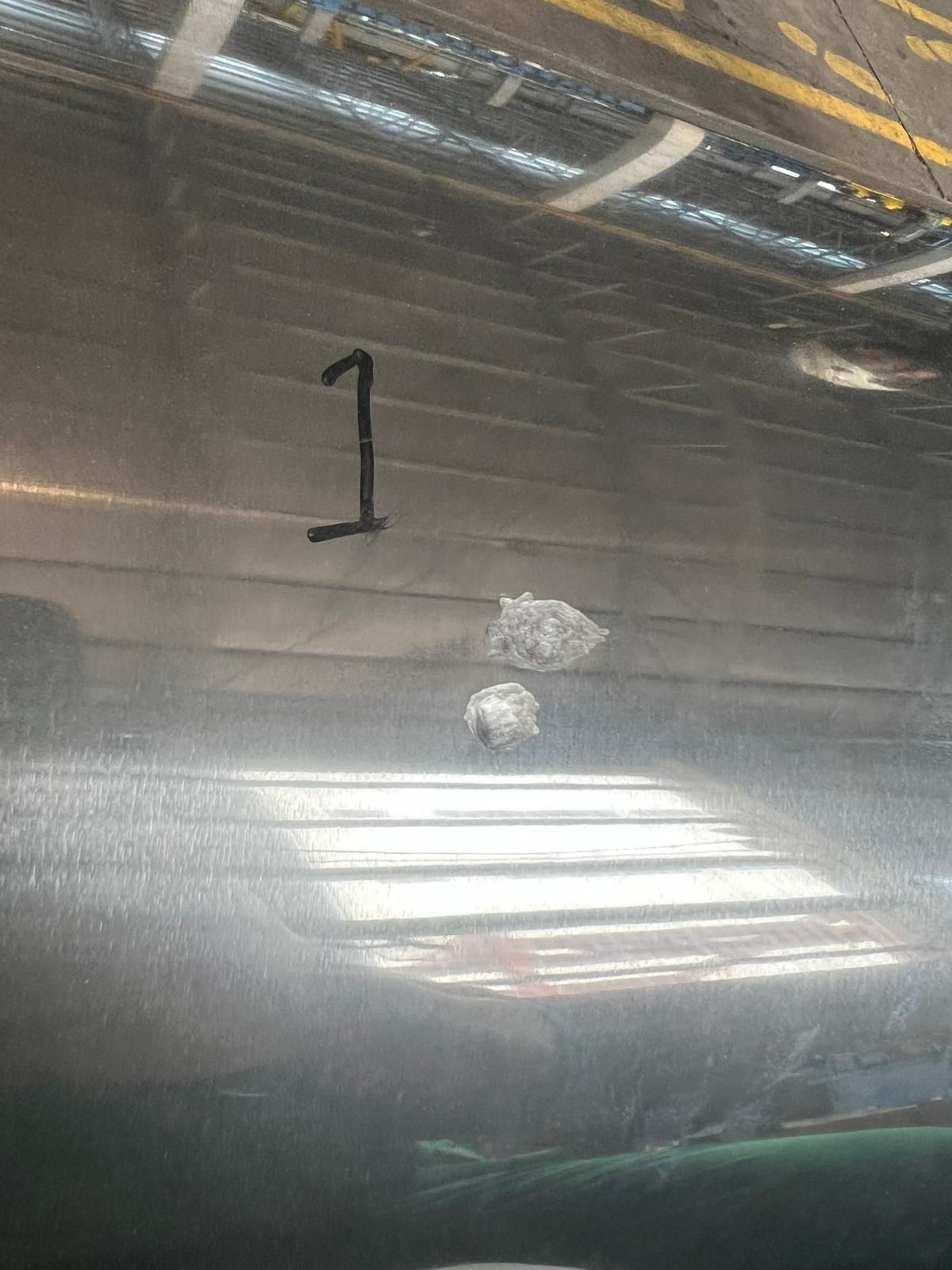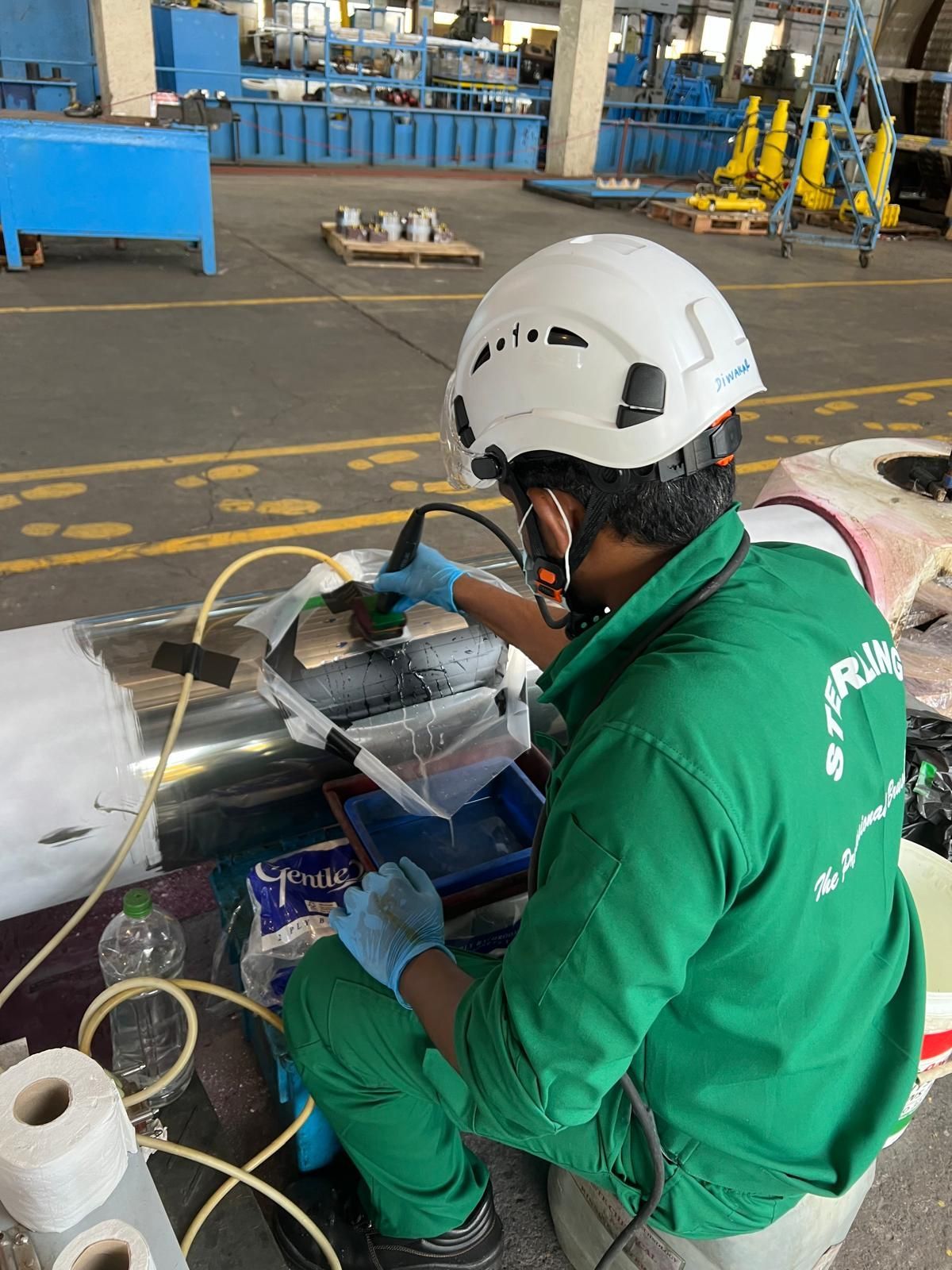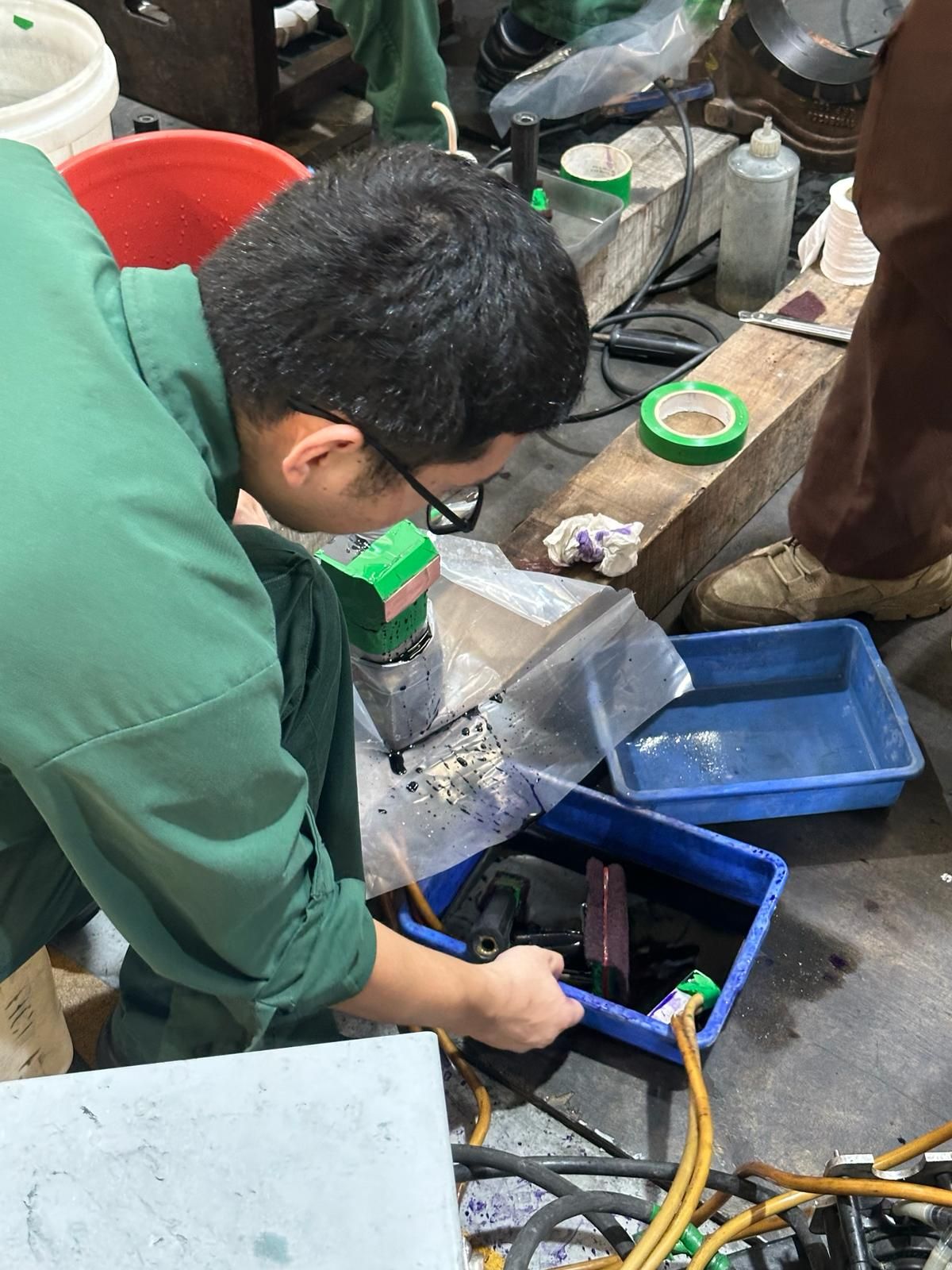An Overview of Oil Country Tubular Goods (OCTG) Products
An Overview of Oil Country Tubular Goods (OCTG) Products and Their Applications
In the oil and gas industry, Oil Country Tubular Goods (OCTG) are critical components that support drilling, production, and transportation processes. These products are engineered to withstand extreme pressures, temperatures, and environmental conditions encountered in oil and gas wells. Below, we outline key OCTG products, their functions, and importance.
1. Tubing
Function: Tubing transports oil and gas from the wellbore to the surface.
Features: Designed to withstand internal and external pressure, tubing must be durable, corrosion-resistant, and precisely sized to maintain flow efficiency.
2. Casing
Function: Casing lines the walls of the wellbore, providing structural integrity and preventing collapse.
Features: Casing protects the wellbore from external pressure and isolates different geological formations to avoid contamination between layers.
3. Drill Pipe
Function: Drill pipes are used to transmit drilling fluid and rotary torque to the drill bit during drilling operations.
Features: Made from high-strength steel or aluminum, drill pipes must endure high tensile and torsional stresses.
4. Pup Joints
Function: Pup joints are shorter lengths of pipe used to adjust the length of the drill string or casing string.
Features: Essential for fine-tuning the overall assembly, they come in various sizes and grades to match other tubular components.
5. Wellheads
Function: Wellheads provide a pressure-sealed interface at the surface of the well.
Features: They house critical components like valves, chokes, and hangers, ensuring control of pressure and flow during production.
6. Hangers
Function: Hangers suspend casing or tubing inside the wellhead.
Features: Designed to hold heavy loads, hangers must be robust and precisely engineered for seamless integration.
7. Mandrels
Function: Mandrels act as support components for downhole tools like packers or artificial lift systems.
Features: They ensure proper alignment and operation of subsurface equipment under challenging conditions.
8. Couplings
Function: Couplings connect individual lengths of tubing, casing, or drill pipe.
Features: These threaded connectors are crucial for maintaining the integrity of tubular strings under high-pressure operations.
9. Crossovers
Function: Crossovers adapt threads or connections between different tubular components.
Features: They ensure compatibility between sections of the string with varying thread types or sizes.
10. Perforated Pipes
Function: Perforated pipes allow fluids to flow between the wellbore and the formation.
Features: These pipes are essential for production or injection wells and are tailored to the reservoir's specifications.
11. Packers
Function: Packers isolate specific sections of the wellbore to control pressure and flow.
Features: They create a seal between the tubing and casing, facilitating zonal isolation during production or injection.
12. Float Equipment
Function: Float equipment helps guide casing into the wellbore and prevents backflow of cement or fluids.
Features: Float collars and shoes are equipped with valves for efficient placement of the casing string.
13. Liners
Function: Liners are short casing sections used to protect specific wellbore zones or extend existing casing strings.
Features: They provide cost-effective solutions for reinforcing well integrity in targeted areas.
14. Blast Joints
Function: Blast joints are installed in areas prone to erosion, such as near perforations.
Features: Made from wear-resistant materials, they protect the tubing string from abrasive damage.
Conclusion
OCTG products are indispensable for ensuring the safety, efficiency, and longevity of oil and gas operations. Each component plays a unique role in maintaining well integrity and optimizing production.
At Sterling Impreglon Asia, we specialize in Brush Plating, which provides anti-galling solutions for OCTG connections, extending their service life and ensuring optimal performance.





